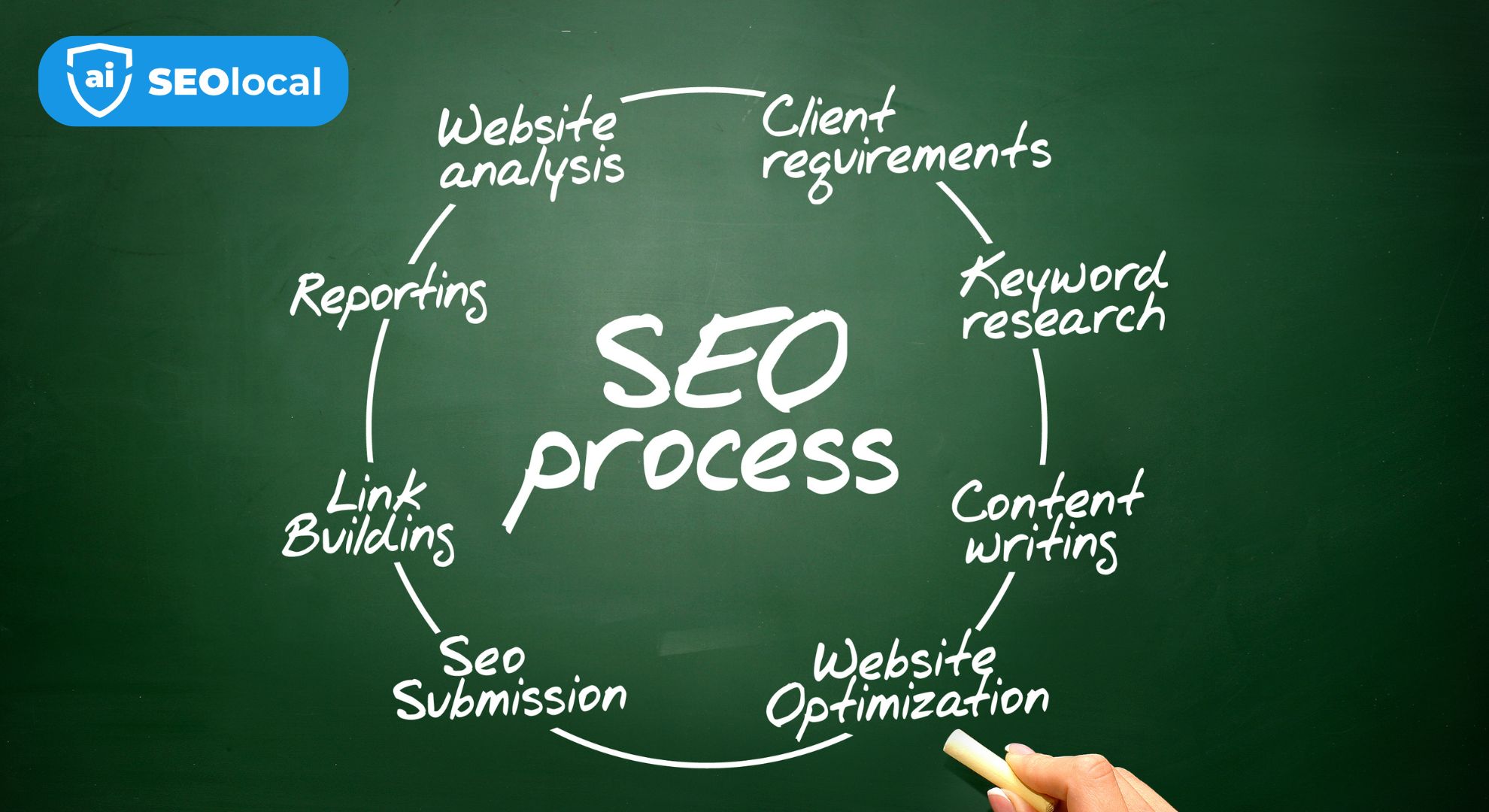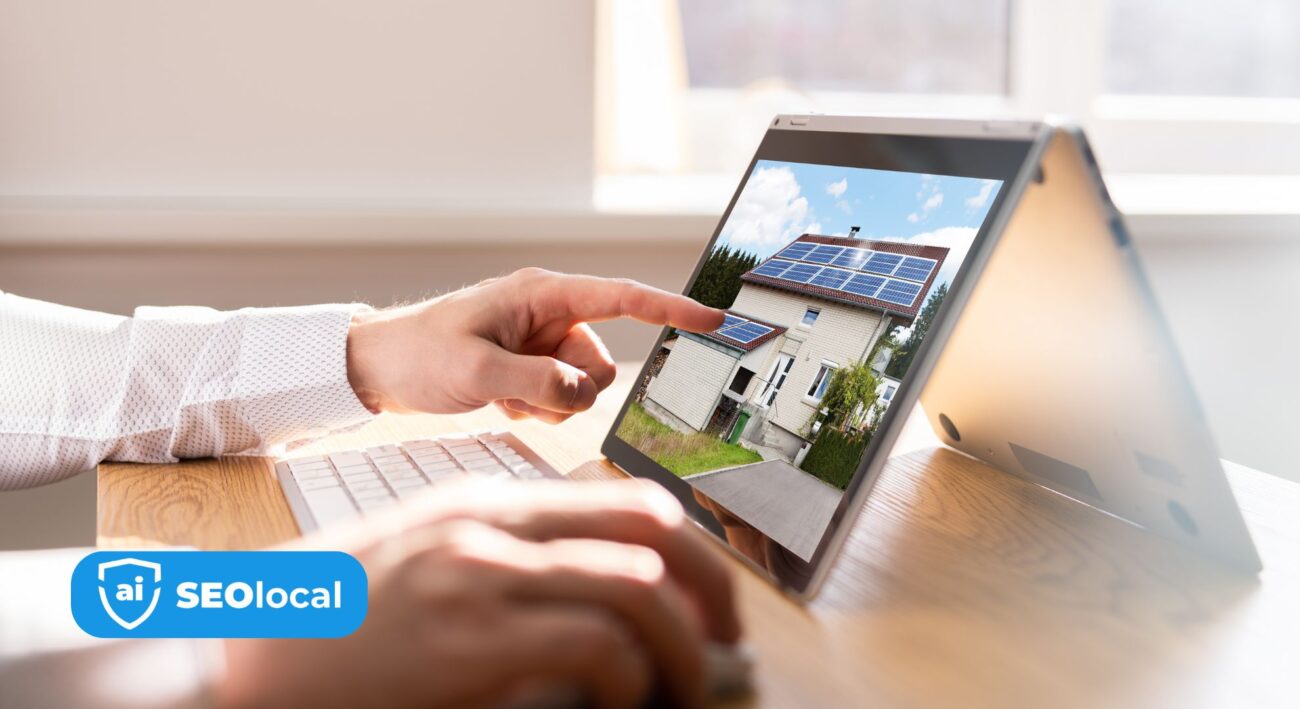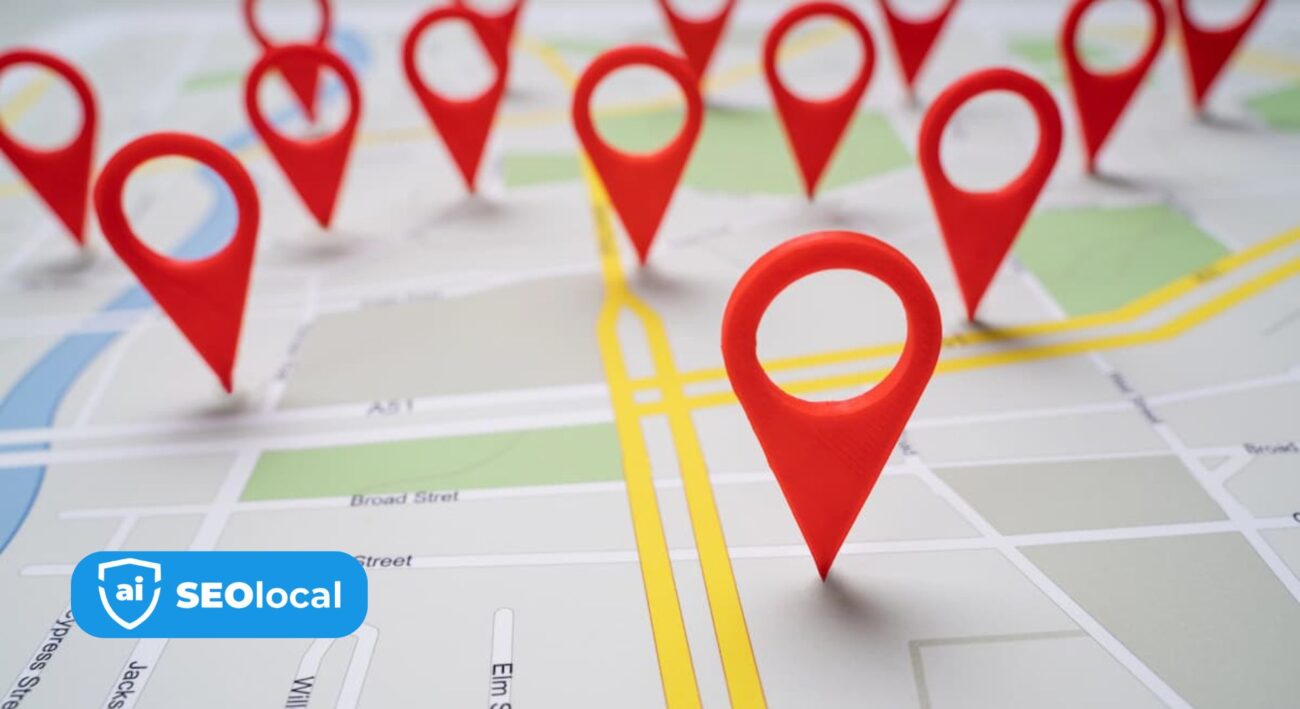- Advanced Local SEO Strategies
- Fundamentals of Local SEO
- Google Business Profile (GBP) Optimization
- Local Keywords and Content Strategy
- Local Link Building
- Local Paid Advertising
- Local Search Ranking Factors
- Local SEO Best Practices
- Local SEO Tools and Analytics
- Local Social Media Marketing
- Online Reviews and Reputation Management
- Technical SEO for Local Businesses
Local SEO Best Practices: Tips for Success

Did you know 91% of consumers never look past the first page of local search results? If your business isn’t ranking near the top, you’re missing out on valuable visibility. This isn’t just about being online—it’s about being found by the right people at the right time.
Optimizing for location-based searches helps your company stand out in crowded markets. With most shoppers using the internet to find nearby services, a strong online presence can mean the difference between growth and stagnation. The right approach connects you with customers actively seeking what you offer.
Traditional search strategies often overlook geographic targeting. Tailoring your content and listings to specific areas ensures your website appears when neighbors search for solutions. This isn’t just about keywords—it’s about building relevance through accurate business information and community-focused engagement.
Key Takeaways
- Top search rankings are critical—91% of users don’t scroll past page one
- Location-based optimization drives foot traffic and online inquiries
- Consumers increasingly rely on digital searches to find nearby businesses
- Proper implementation helps outperform unoptimized competitors
- Geographic targeting requires different tactics than general search strategies
Overview of Local SEO and Its Importance
When someone searches “coffee shops near me,” businesses optimized for geographic relevance appear first. This targeted approach focuses on connecting companies with nearby customers through proximity-based queries. Unlike broader search strategies, it prioritizes location signals and community-specific data to drive tangible results.

Search engines evaluate three main factors: relevance to the query, physical distance from the user, and online reputation. Detailed profiles with accurate hours, services, and contact information perform better. In fact, complete listings increase store visits by 70% compared to incomplete ones.
Visibility in map-based results and local packs impacts growth directly. These prime placements generate more website clicks, phone inquiries, and foot traffic. For service areas like plumbing or electricians, appearing in these sections often determines who gets called first.
Prioritizing this strategy helps allocate marketing budgets effectively. Resources spent improving reviews, citations, and location pages yield measurable returns. It’s not just about ranking higher—it’s about becoming the obvious choice for nearby shoppers.
Understanding “Local SEO Best Practices” For Your Business
Three out of four shoppers visit stores they find through online searches. Geographic targeting transforms how companies connect with nearby buyers. Tailoring your digital presence to regional audiences ensures you appear when it matters most—during decision-making moments.
What Geographic Targeting Does for You
Location-based optimization improves how search engines match your offerings with community needs. Complete profiles with service areas and accurate contact details boost trust. This approach drives 50% more clicks to websites than generic listings, according to recent studies.
Why U.S. Shops Need Visibility Now
American consumers check three sources before visiting businesses. Over 80% use maps or local directories to verify hours and locations. Appearing in these results makes your company the default choice for urgent needs like repairs or last-minute purchases.
Businesses using geographic strategies see 3x more walk-in customers than those relying on general marketing. Clear signals about your location and specialties help algorithms prioritize your listings. This visibility directly impacts revenue—especially in competitive service industries.
Optimizing Your Google Business Profile
Your Google Business Profile acts as a digital storefront for nearby customers. Proper setup ensures your company appears in map results and search listings when people look for services you offer. Let’s break down how to maximize its impact.
Claiming and Verifying Your Profile
Start by searching for your business on Google. If it exists, click “Claim this business.” For new listings, select “Add your business” and enter basic details like your business name and address. Google will mail a verification postcard with a code—usually within 5 days—to confirm your physical location.
Complete every field during setup, even optional ones. Missing data can lower visibility. Double-check your phone number and website URL—errors here frustrate customers and hurt rankings.
Enhancing Your Profile with Accurate Business Information
Update operating hours weekly, especially for holidays. Add attributes like “wheelchair accessible” or “free Wi-Fi” to highlight unique features. List services and products with clear descriptions—search engines use these to match customer queries.
Upload photos monthly. Include exterior shots for easy recognition and team pictures to build trust. Profiles with 10+ images get 50% more direction requests. Use the Posts feature to share promotions or events, keeping your listing fresh and engaging.
Mastering NAP Consistency and Citations
Inaccurate business details online confuse customers and search engines alike. Your name, address, and phone number (NAP) must match perfectly across every platform. Even minor differences—like writing “St.” instead of “Street”—can lower search rankings.

Ensuring Accurate Name, Address, and Phone Details
Search engines cross-check your information from multiple sources. If your business name appears as “Joe’s Diner” on Google but “Joe’s Cafe” on Yelp, algorithms question which listing is correct. Use identical formatting for addresses and phone numbers everywhere.
Start by auditing existing citations. Search for your business on these platforms:
| Platform Type | Examples | Priority Level |
|---|---|---|
| National Directories | Yellow Pages, BBB | High |
| Industry-Specific | TripAdvisor (restaurants), Healthgrades (medical) | Medium |
| Local Listings | Chamber of Commerce, City Guides | Essential |
Update outdated listings first. Focus on platforms your customers use most. Set quarterly reminders to verify your details—especially after moving locations or changing phone numbers.
Consistent NAP information builds trust with both users and search algorithms. Tools like Moz Local or BrightLocal help track and fix mismatches automatically. This proactive approach keeps your business visible and credible.
Conducting Local Keyword Research and Content Strategy
What phrases do nearby shoppers type when looking for your services? Discovering these terms bridges the gap between your offerings and community needs. Strategic keyword research ensures your website speaks the same language as your audience.
Identifying Relevant Local Keywords
Start by brainstorming location-specific phrases. Combine your core services with geographic modifiers like “downtown Chicago” or “Midwest region.” Tools like Keyword Explorer reveal search volume and competition levels for these terms.
Prioritize phrases with mid-range difficulty scores. These balance visibility potential with achievable rankings. For example, “emergency plumbing services Boston” might attract targeted traffic better than generic terms like “fix pipes.”
Creating Location-Specific Content to Engage Local Customers
Develop articles addressing neighborhood concerns or regional trends. A bakery could write about gluten-free options popular in Austin. A hardware store might create guides for preparing homes for Florida hurricane season.
Showcase community involvement through event recaps or charity partnerships. This builds trust while naturally including location-based keywords. Avoid forced insertions—mention areas only when relevant to the topic.
Update content quarterly to reflect seasonal needs. Summer camp guides in June or holiday gift lists in November keep your site fresh. This approach satisfies search algorithms and real customer interests simultaneously.
Effective Link Building Strategies for Local SEO
Building strong connections within your community can boost online visibility more than generic links. Geographic relevance and authentic partnerships signal credibility to search engines. This approach prioritizes relationships over quantity, focusing on sources that align with your area’s needs.
Building High-Quality Local Citations and Partnerships
Start by identifying industry-specific directories and regional platforms. Healthcare providers might list on Healthgrades, while restaurants benefit from TripAdvisor. Local chambers of commerce and neighborhood associations often feature member directories—ensure your business appears there.
Collaborate with nearby organizations through sponsorships or joint events. A hardware store could partner with a community garden project, earning mentions on their site. These natural backlinks improve rankings while strengthening your reputation.
Local media outlets frequently seek stories about businesses supporting causes or launching innovations. Pitch unique angles like anniversary celebrations or sustainability initiatives. A featured article in a regional news publication often includes valuable links and drives targeted traffic.
Focus on these three factors when evaluating link sources:
- Domain authority of the linking website
- Relevance to your services or location
- Organic placement within content (avoid paid or forced links)
Tools like Moz Local help track citations across platforms. Regular audits ensure consistent information while identifying new partnership opportunities. This strategy builds lasting connections that benefit both search visibility and community impact.
Building Your Local Online Reputation with Reviews
Nearly all shoppers check reviews before choosing a business. With 42% of users reading feedback during searches, your online reputation directly impacts purchasing decisions. Authentic reviews build credibility while influencing how search engines rank your company in results.
Encouraging and Managing Customer Reviews
Ask satisfied clients to share experiences naturally. Include gentle reminders on receipts, email signatures, or follow-up messages. Avoid incentives—platforms like Google Business Profile penalize paid reviews. Instead, make leaving feedback easy with direct links in communications.
Monitor multiple platforms daily. Use tools like ReviewTrackers or Google Alerts to track new comments. Address concerns quickly to show you value customer opinions. Regular monitoring also helps identify fake reviews that violate platform policies.
Responding to Feedback to Boost Trust and Rankings
Reply to every review within 48 hours. Thank positive reviewers personally—specificity matters. For negative comments, acknowledge concerns and offer solutions privately. Search algorithms notice engagement rates, and 92% of shoppers view responses as a sign of reliable service.
Balance is key. Too many generic replies appear robotic. Show genuine care while maintaining professionalism. This approach strengthens relationships with existing clients and attracts new ones through visible dedication to satisfaction.
On-Page SEO and Technical Optimization for Local Search
Your website’s structure and code play a critical role in appearing for nearby searches. Technical tweaks help search engines recognize your geographic relevance while improving user experience. Focus on these two areas to strengthen your online presence.
Optimizing Metadata and Mobile-Friendly Design
Start by crafting title tags that include your city or region alongside core services. Keep descriptions under 160 characters while highlighting what makes your business unique. Mobile responsiveness matters—53% of users abandon sites that load slowly on phones.
Test your site’s mobile speed with Google’s PageSpeed Insights. Simplify navigation with clear headings and bullet points. Compress images to maintain quality without slowing load times. These changes keep visitors engaged longer.
Implementing Location Schema Markup and Structured Data
Schema markup acts like a translator for search algorithms. Add codes specifying your address, hours, and service areas using Schema.org guidelines. This structured data appears in rich snippets, boosting click-through rates.
Link location pages to service offerings using natural anchor text like “Chicago plumbing repairs.” Update these connections quarterly as you add new content or expand offerings. Consistent technical care ensures lasting visibility.
FAQ
How does a Google Business Profile improve search visibility?
A verified and optimized Google Business Profile helps your company appear in local “near me” searches and Google Maps. Accurate details like hours, photos, and services increase trust and relevance for nearby customers.
Why is NAP consistency critical for online directories?
Keeping your business name, address, and phone number identical across platforms (e.g., Yelp, Apple Maps) prevents confusion. Search engines rely on this data to verify legitimacy, which impacts rankings in area-specific results.
What role do customer reviews play in rankings?
Positive feedback on platforms like Google and Facebook signals credibility to algorithms. Responding professionally to all reviews—even negative ones—builds trust with potential clients and improves visibility in your region.
How can location-specific content attract nearby clients?
Blog posts or service pages mentioning cities, neighborhoods, or landmarks in your area help search engines connect your offerings to regional queries. For example, a bakery might create guides like “Top Desserts in Downtown Miami.”
What technical updates boost mobile-friendly performance?
Ensure your site loads quickly on phones, uses responsive design, and avoids intrusive pop-ups. Tools like Google’s Mobile-Friendly Test identify issues. Structured data markup also clarifies your location and services to crawlers.
Should I partner with local organizations for backlinks?
Yes. Collaborating with nearby charities, chambers of commerce, or industry groups can earn authoritative links. These partnerships signal community relevance, which strengthens your position in regional search results.














